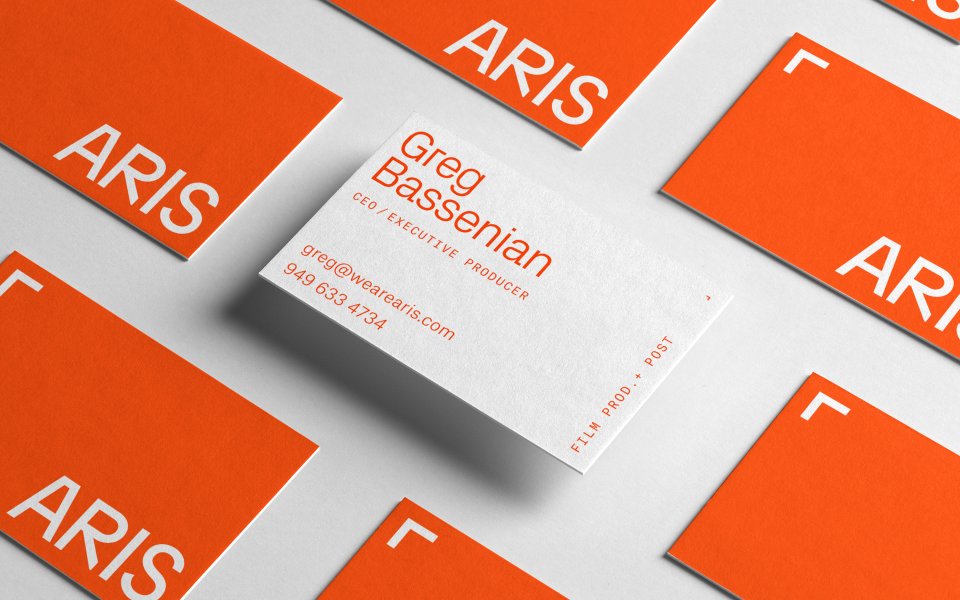For most projects we charge a flat fee (also known as a project-based fee). Unfortunately, there’s no magic pricing guide out there; the project fee is simply based on how long we estimate it will take us multiplied by our desired hourly rate. Your time estimates may be way off when you’re just starting, but as you track your time you can improve the accuracy of your estimates with each project. Your rate should factor in your overhead, your relative experience level, and about 30% extra for the government’s share. If you are more experienced and can create better work more efficiently than others you should adjust your rate to reflect this. You should be able to tell if you’re over/undervaluing yourself based on how your workload shakes out. If you’re struggling to fill your schedule, you are either overpricing yourself or failing to communicate your value properly. If you’re consistently getting more work than you can handle, you are likely underpricing your services.
Usually, the only time we work hourly is for jobs that don’t have a final deliverable (e.g. consultation). We’ll work out a retainer agreement if a client needs consistent hourly work over a long period of time.
Be prepared to go back and forth on negotiating the details of big projects, but don’t put yourself in a position where you limit your ability to provide quality work to the client. It’s much better for both parties to trim the scope to fit the budget rather than cut corners on the execution. Often, components that didn’t make the cut in an early project can be revisited once the client has seen a return on their initial investment.



















